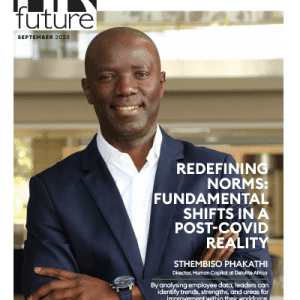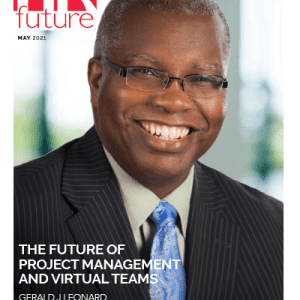Last week, I emailed a group of HR Directors and asked them to describe their pain at work using one word.
My sense was that there would be a few “to be expected” words, like “retention”, “leadership”, “disruption” and so forth that would emerge – and they did – but I was not prepared for the flood of unexpected words to describe the pain that people were experiencing.
What also intrigued me was the number of different words used to describe their pain – like ignorance, commitment, integrity, culture, accountability, credibility, vaccinations, anxiety, frustration, wellness, bureaucracy, indecision, disrespect, toxicity, admin, politics, uncertainty, mistrust, scope, equality and a whole lot more …
There is therefore no question that the HR profession is experiencing pain at a level, and in ways, that it has never experienced before, possibly in the history of HR practice.
There are two ways we can respond to this reality.
Firstly, the macho leadership approach would be to tough it out and just live with the pain. While that may sound quite admirable, that’s not a very intelligent approach. That’s because the pain is not the problem. The pain is a symptom of a deeper, bigger, more worrying and more damaging problem.
And, until the actual cause of the problem (or problems) is identified and addressed in an appropriate, thorough and effective manner, the pain will never go away and will probably get worse until something gives – in a way that could be quite destructive to jobs, careers, livelihoods and possibly to the economy. That’s something to be avoided at all costs.
The second way to approach the pain is to accept its existence, recognise that it’s a symptom of something bigger, deeper and more serious, and do a thorough diagnostic exercise to determine exactly what’s causing the pain.
This of course requires time, effort, commitment, focus and a lot of courage. And all of these are in fairly short supply these days.
Of course, it’s one thing to diagnose and identify the problem and another thing to face the pain head on and treat the problem. THAT’S what requires skill, emotional intelligence, experience and a large amount of courage. Another quality that comes in handy is independence. It’s completely understandable that those employed by the company, no matter how senior they themselves may be, are possibly not well placed to treat the pain themselves.
When they’re faced with executives who cling to outdated ways of thinking and leading the companies they head up (as some HR Directors indicated along with their one-word pain answers), you’re in for a challenge. When they have to confront executive colleagues who are reluctant to change, they could create some serious enemies who, at best, could make life very uncomfortable for them and, at worst, could harm their careers, and that’s never a good thing. An independent party who is not part of a company’s eco system and who does not have to live with the execs who have had their mindsets challenged is therefore far better placed to intelligently challenge those outdated mindsets and help treat the cause of the pain.
I urge you to do a pain assessment in your company. You may have been living with pain for quite some time now and not only because of the pandemic. Once you’ve identified the pain, recognise that it’s indicative of deeper problems, then make a point of finding someone who can help you treat the cause of the pain in your company.
You don’t have to live with the pain. All pain is treatable – maybe not quickly or easily – but, with the right treatment addressing the real causes, the pain can and will disappear. I’m not just saying that because I read it somewhere. I’m saying it on the basis of personal experience. And when you take the necessary steps to address the causes of pain and emerge into a pain free zone, you’ll wonder what took you so long to take action!
Alan Hosking is the Publisher of HR Future magazine, www.hrfuture.net and @HRFuturemag. He is an internationally recognised authority on leadership competencies for the future and teaches experienced and younger business leaders how to lead with empathy, compassion, integrity, purpose and agility. In 2018, he was named by US-based web site Disruptordaily.com as one of the “Top 25 Future of Work Influencers to Follow on Twitter“. In 2020, he was named one of the “Top 200 Global Power Thought Leaders to watch in 2021” by peopleHum in India. In 2022, he has been named on the Power List of the “Top 200 Biggest Voices in Leadership in 2022” by LeaderHum.













